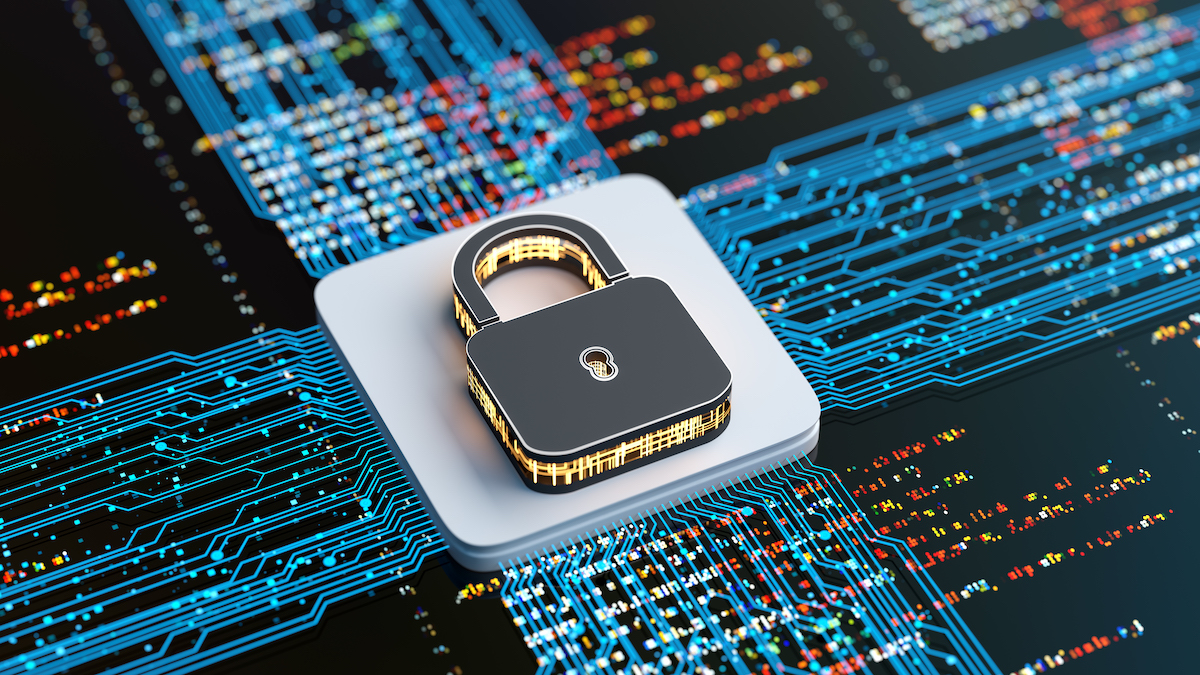Cybercrime as a Service (CaaS): The Dark Side of "as a Service"

The “as a Service” model has undoubtedly transformed the way businesses operate. From Software as a Service (SaaS) to Infrastructure as a Service (IaaS) and Platform as a Service (PaaS), these models have been instrumental in streamlining operations and promoting innovation. Yet, lurking in the digital shadows is a more sinister iteration of this model— Cybercrime as a Service (CaaS).
Advent of CaaS: Democratizing Cybercrime
The introduction of CaaS marked a pivotal moment in the evolution of cyber threats. This model transformed cybercrime from isolated acts of digital mischief into a structured and scalable service. With CaaS, cybercrime is no longer confined to the tech-savvy elite. Instead, it became a marketplace where malicious tools, infrastructure, and services are readily available for purchase or rent.
CaaS platforms offer a range of services, from ransomware toolkits to botnets for rent, making it alarmingly simple for individuals with limited technical knowledge to launch sophisticated cyberattacks. This shift not only increased the volume of cyberattacks (an attack every 39 seconds) but also their complexity and impact.
The primary driver behind CaaS is profit. By commodifying cybercriminal tools and services, CaaS providers have tapped into a lucrative market, catering to a growing clientele of aspiring cybercriminals. This commercial approach has led to a surge in cybercrime activities as attacks become more accessible to a broader audience.
In essence, CaaS has streamlined and professionalized the world of cybercrime. What was once a domain of individual hackers has now morphed into an organized, service-driven industry with revenue streams, customer bases and even customer support.
The Dark Web’s Marketplace
At its core, CaaS provides a platform where individuals or groups with malicious intent can offer cybercriminal tools, infrastructure, and services to other criminals for a fee. This model has dramatically democratized the world of cybercrime. Previously, launching a sophisticated cyberattack required considerable technical expertise. Now, thanks to CaaS, even those with limited technical knowledge can orchestrate advanced cyberattacks.
Cybercrime as a Service offers an array of malicious tools and services. Here’s a closer look at some of the primary offerings:
- Ransomware as a Service – This service provides clients with ready-made ransomware toolkits. These toolkits encrypt a victim’s data and demand a ransom for its release, turning digital assets into hostages for extortion activities.
- Exploit as a Service – These are specialized tools for targeted malware campaigns. They exploit known vulnerabilities in software and systems, allowing cybercriminals to infiltrate and compromise targeted devices or networks.
- Phishing as a Service – This service delivers comprehensive phishing campaigns, often mimicking legitimate entities, to deceive individuals into revealing sensitive information. These campaigns steal data such as login credentials, credit card numbers, and other personal information.
- DDoS-for-Hire – Distributed denial-of-service (DDoS) attacks are a common form of cyber-attack that overwhelms targeted websites or networks by flooding them with an excessive amount of traffic.
- Botnets for Rent – This service offers networks of infected computers, known as ‘zombies,’ available for lease. Hackers can utilize these extensive networks to distribute spam emails, mine cryptocurrencies, or launch DDoS attacks to overwhelm targeted websites.
Economic Impact of CaaS
The rise of Cybercrime as a Service has brought about profound financial implications. The commodification of cybercriminal tools and services has not only democratized the world of cybercrime but has also turned it into a highly profitable venture. According to a report from AtlasVPN, the annual revenue generated from CaaS activities is estimated to exceed $1.6 billion.
This booming segment of the cybercrime ecosystem is not without its consequences. The ease of access to malicious tools and services has led to a sharp increase in cybercrime incidents. For businesses, this means not only direct financial losses from attacks (predicted to reach $10.5 trillion by 2025) but also potential reputational damage, which can have long-lasting effects on customer trust and brand value. Individuals also find themselves at heightened risk, facing threats to personal data and financial assets. The economic shadow cast by CaaS is vast, affecting entities ranging from large corporations to everyday internet users.
Defending Against the CaaS Threat
The commercialization and accessibility of cybercrime tools mean that threats can come from any direction and at any time. To effectively counter these threats and safeguard their digital assets, businesses need to adopt a holistic approach to cybersecurity. Combatting the menace of Cybercrime as a Service requires a comprehensive and multi-faceted approach:
- Proactive Defense – Organizations must cultivate a culture of proactive cybersecurity measures and accountability.
- Collaborative Engagement – It’s essential to coordinate with industry associations, law enforcement, and the broader cybersecurity community to form a united front against cyber threats.
- Continuous Learning – By analyzing past security incidents, organizations can learn, adapt, and bolster their defense mechanisms. Additionally, training employees to be aware of threats and how to respond appropriately is critical.
- Advanced Security Measures – Employing cutting-edge security solutions ensures real-time monitoring, swift threat detection, and rapid response.
One particularly effective way for organizations to combat the onslaught of attacks generated through CaaS is by deploying Managed Detection and Response (MDR). MDR combines sophisticated technology alongside artificial and human intelligence to continuously monitor your systems for threats and mitigate incidents. This security solution helps discover and intercept attacks before significant damage occurs.
Strengthening Defenses Against Security Threats
The escalating threat of Cybercrime as a Service underscores the importance of organizations to be proactive and well-prepared. Seeking expert guidance and forming strategic partnerships can make all the difference. OneNeck offers a comprehensive suite of security solutions tailored to address the challenges of today’s cyberattacks, including those generated by CaaS. By aligning with trusted partners like OneNeck, organizations can bolster their defenses, ensuring a secure and resilient digital environment in the face of these evolving threats.
Don’t wait for a breach to happen. Contact our security experts today.
Additional Resources:




